Ever wondered how much gluten soy sauce contains? Soy sauce is delicious when drizzled over your noodles or for giving that umami punch to your sushi, but it might not leave you feeling great if you’ve got a gluten intolerance or celiac disease.
Knowing how much gluten is in your soy sauce can help offset these stomach upsets, giving you more control over your diet.
Soy sauce contains about 5 ppm (parts per million) of gluten. However, this is an estimate. Different types and brands of soy sauce have differing levels of gluten. The reason is that, during the making of soy sauce, soybeans are brewed and fermented with wheat.
The rest of this article will delve into why soy sauce contains gluten. We’ll go over the types of soy sauce products that contain gluten and some gluten-free alternatives for you to try.
Why Does Soy Sauce Have Gluten?
You may be surprised to know that soy sauce contains gluten. The gluten content certainly isn’t as apparent as it might be in a piece of bread, but unfortunately, people with celiac disease will need to know that they may not be able to eat certain brands of soy sauce.
Soy sauce has gluten because wheat is one of its ingredients. Soy sauce is made through a process of fermentation, where wheat is brewed with soybeans to create an umami, salty flavor.
Due to this process, it isn’t safe for those avoiding gluten to eat many types of soy sauce (source: Healthline).
Wheat is an essential component of soy sauce. The majority of brand soy sauces contain gluten, so you’ll need to be careful of the store-bought soy sauce.

How Much Gluten Is in Soy Sauce, on Average?
Most soy sauces contain gluten, so you’ll likely want to know how much of it they contain. If you’re allowed a certain amount of gluten per day, you may indeed be able to eat soy sauce in small quantities.
There are 5 parts per million of gluten in soy sauce, on average. It’s a little more in some brands, but it generally sits just below 5 ppm. If you’re a celiac, you shouldn’t consume more than 0.0018 oz (50 mg) of gluten per day, so a little bit of soy sauce may be ok for you.
The general rule of thumb is as follows: if you can’t eat gluten and the product contains wheat, barley, or rye, you should avoid it. Since soy sauce usually contains wheat, you should tread carefully (source: Go Szechuan House).
Light and dark soy sauces generally contain the same amounts of gluten. The most significant difference between the two is that dark soy sauce has been fermented for much longer and sometimes contains molasses.
The good news is that molasses doesn’t contain any gluten, which means dark soy sauce has no more gluten than its lighter counterpart (source: University of Arizona).
Some soy sauces contain no gluten—or almost no gluten. An excellent example of this is Tamari soy, which has an almost negligible wheat content. If you’re avoiding gluten, this product is a safe bet (source: WebMD).
Is Kikkoman Soy Sauce Gluten Free?
Some Kikkoman soy sauces are gluten-free, but normal dark and light Kikkoman soy sauces contain gluten. The Kikkoman Gluten-Free Soy Sauce is a Tamari soy sauce brewed without any wheat.
If you’re looking for gluten-free Kikkoman soy sauce options, you may also want to consider the Kikkoman Naturally Brewed Soy Sauce, which is under the acceptable detection limit of 10 ppm. However, Kikkoman still recommends their Tamari soy sauce instead for individuals with celiac disease(source: FAQ – Kikkoman).
Does Kroger Soy Sauce Contain Gluten?
Kroger soy sauce doesn’t contain gluten. Kroger soy sauce is fermented without wheat, which is present in small quantities in most other brands of soy sauce.
This is great news for soy sauce lovers everywhere. In fact, there are more and more gluten-free soy sauce alternative brands popping up!
Kroger soy sauce may not contain gluten, but it still contains soy. If you’re allergic to soy products, this isn’t the product for you (source: Allergen Inside).

Is La Choy Sauce Gluten-Free?
La Choy soy sauce is gluten-free, making it appropriate for celiacs. Both the standard version and the “lite” version of La Choy Sauce are made without gluten.
If you want a low sodium alternative, La Choy soy sauce may be precisely what you’re looking for.
It isn’t often that those avoiding gluten get a choice between products, and La Choy is leading the way in wheat-free soy sauce options (source: La Choy).
Is Yamasa Soy Sauce Gluten-Free?
Yamasa soy sauce is gluten-free. Yamasa soy sauce is actually a tamari soy sauce. Tamari soy sauce it’s derived from miso paste and contains little to no wheat.
In this sense, it isn’t exactly the same as the more traditional soy sauces on the market, but it tastes pretty similar to dark soy sauce (source: Japan Centre).
Paving the way for those with wheat intolerances to enjoy their favorite foods, Yamasa soy sauce claims to be ultimately gluten-free.
Can You Buy Gluten-Free Soy Sauce?
You can buy gluten-free soy sauce. Kroger, La Choy, and Yamasa soy sauces offer gluten-free options, and Tamari soy sauce contains negligible amounts of wheat.
There are plenty of gluten-free soy sauce and tamari options available on Amazon – click here to see what’s available for delivery in your area.
Additionally, there are other ways to enjoy the flavors of soy sauce, and these alternatives will be lifesavers when the cravings kick in.
It used to be challenging to find gluten-free soy sauce. However, today there are a considerable number of reliable gluten-free soy sauces and alternatives available to those who can’t eat wheat.
Always remember to check the ingredient list on any product you buy. You can’t guarantee that any product is wheat-free, even if you’ve been using it for a long time. It’s also good to remember that brands are legally obliged to label their products clearly (source: FDA).
You might also be avoiding soy sauce because of the high sodium content. This is understandable—a diet high in sodium isn’t ideal for anyone.
Worried about sodium or gluten? Watch out for both in soy sauce and seasoned salt. Ever considered the gluten content in regular versus seasoned salt? Check out our guide for insights, and stay vigilant—gluten can hide in unexpected places like seasoning blends.
Alternatives to Soy Sauce if You’re Avoiding Gluten
Whether you’re looking for low-sodium options or avoiding wheat products, here are some gluten-free alternatives to soy sauce:

- Bouillon cubes. This might sound strange, but bouillon contains similar deep flavors to what you might find in soy sauce. You can crumble a cube into a little bit of hot water to obtain to use it as a liquid.
- Wild Mushrooms – Wild mushrooms provide an umami flavor similar to the taste of soy sauce. You can grind them up, add them to a bit of water, or enjoy them cooked.
- Coconut aminos. Coconut aminos may appear to be an odd alternative to soy sauce, but in reality, the textures are quite similar. There is still a fermentation process and salt additions that give it some umami flavor (sources: Livestrong & Eatingwell).
- Worcestershire sauce. The Brits love Worcestershire sauce, and with good reason. This stuff contains those infamous umami flavors that soy sauce lovers crave. This sauce will go well with meat or fish, and you can even blend it into other sauces to give them a bit of a kick.
- Blackstrap Molasses. Blackstrap molasses are naturally sweet and have the same thick texture as dark soy sauce. You won’t get the same salty kick as you would with regular soy sauce, but if it’s the texture you’re going for, it might be a good alternative (source: Healthline).
- Anchovies. If you’re having sushi for dinner, this one’s probably not what you’re looking for. However, for cooking purposes, the naturally salty flavor of anchovies might be a great alternative to soy sauce (source: PureWow).
- Miso paste. An excellent option if you’re looking for that deep, umami flavor. Miso paste can be mixed into other sauces for a fantastic alternative to soy sauce (source: Greatist).
There you have it! There are lots of gluten-free soy sauce brands and exciting alternatives. Give those a try if you aren’t convinced by the gluten-free options. They might inspire your inner chef!



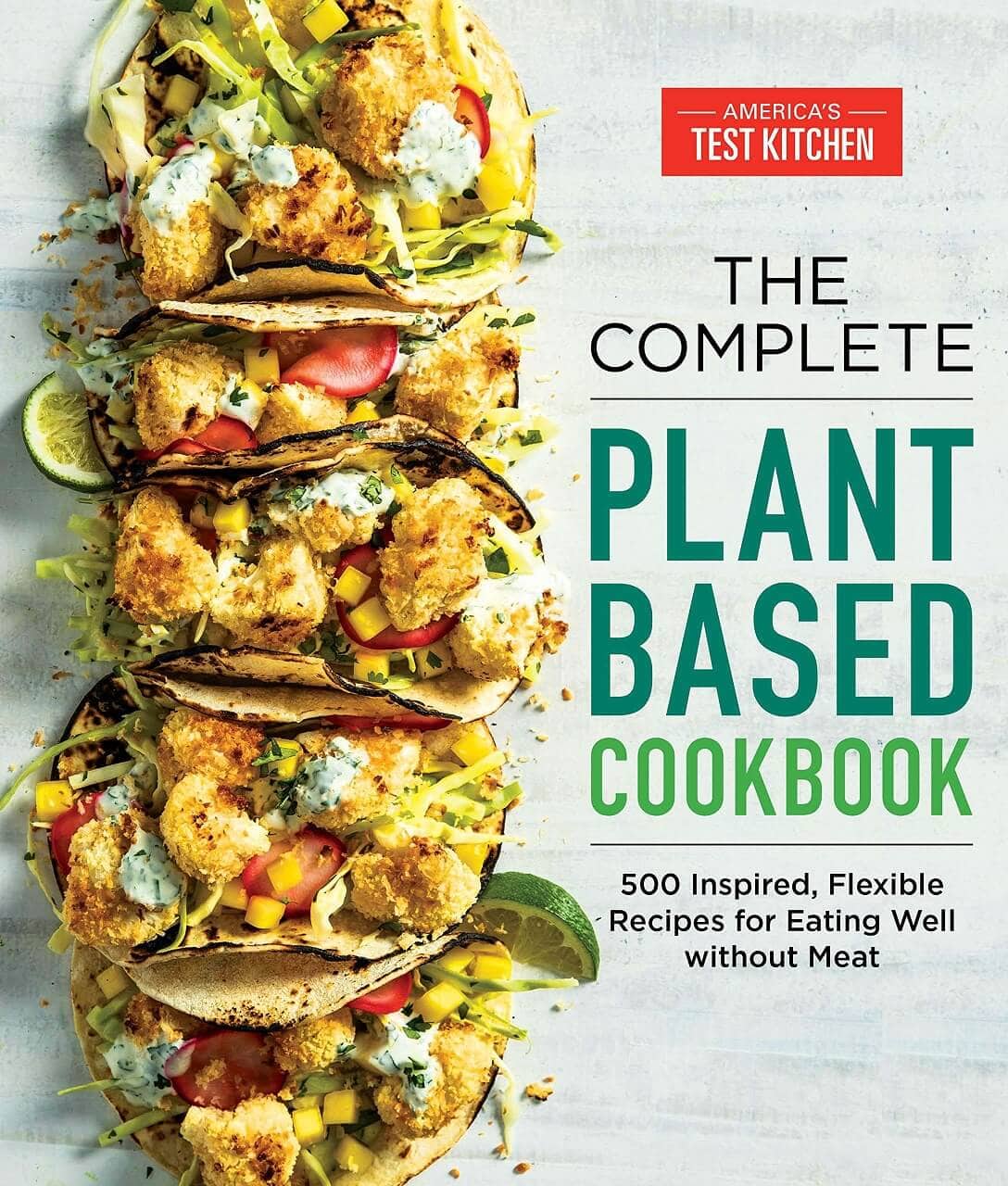

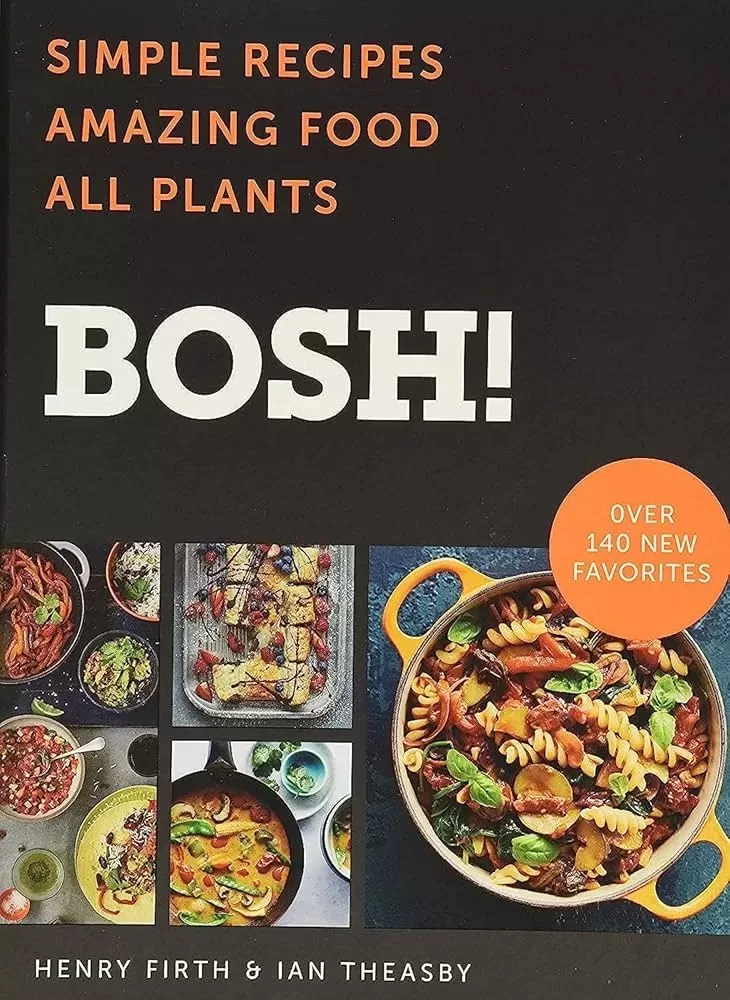
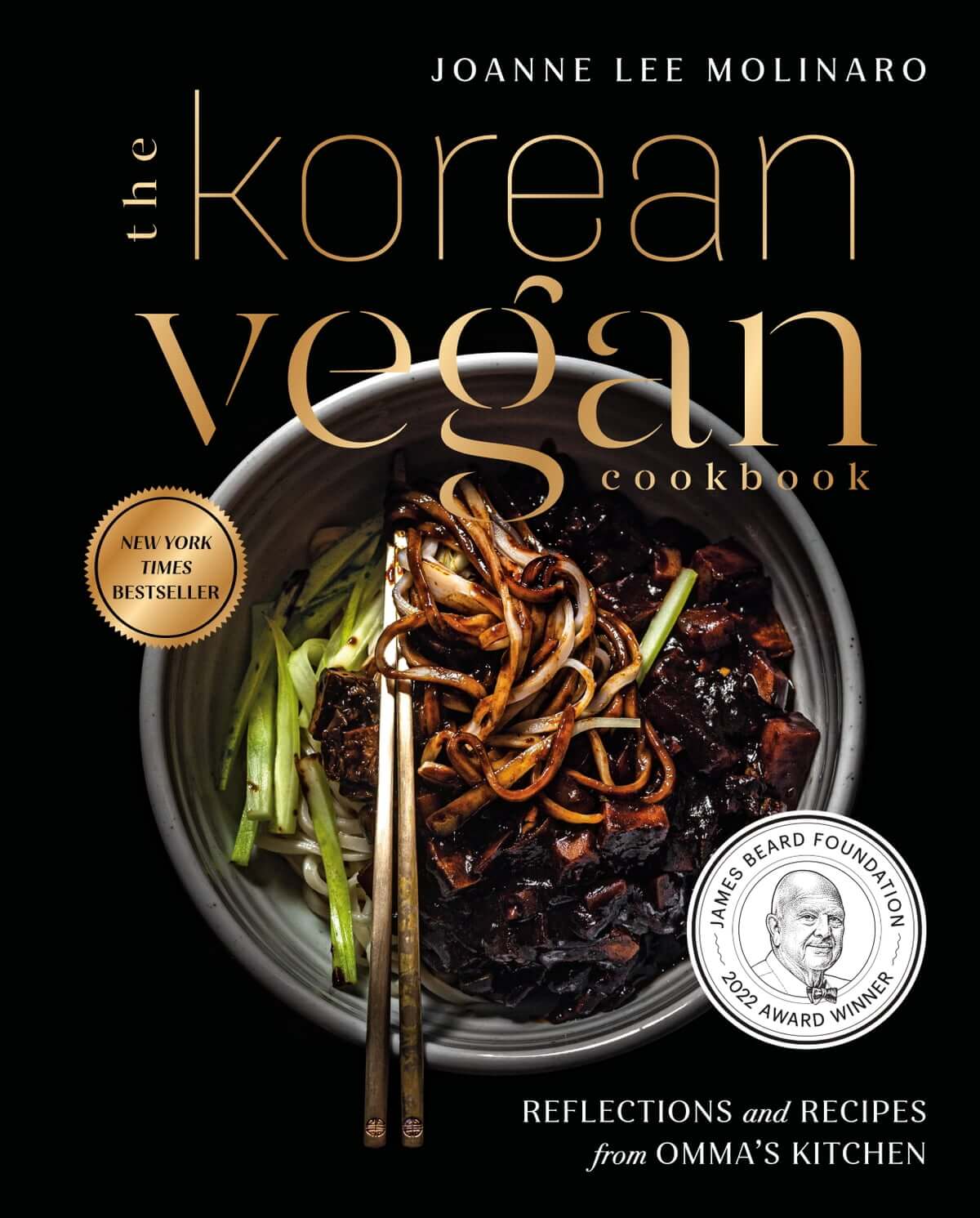
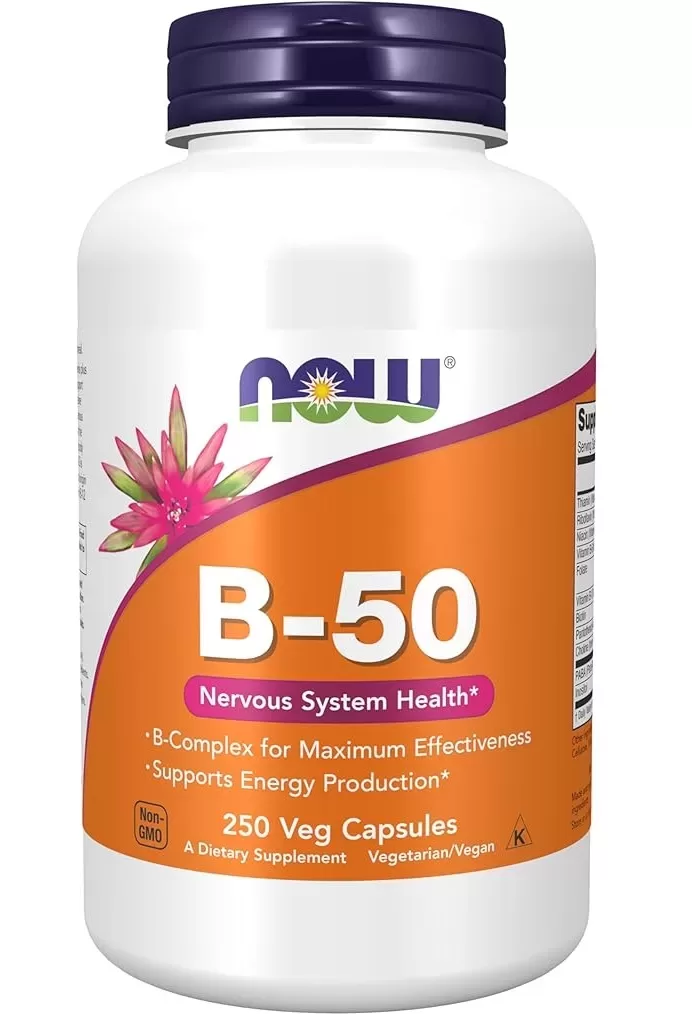
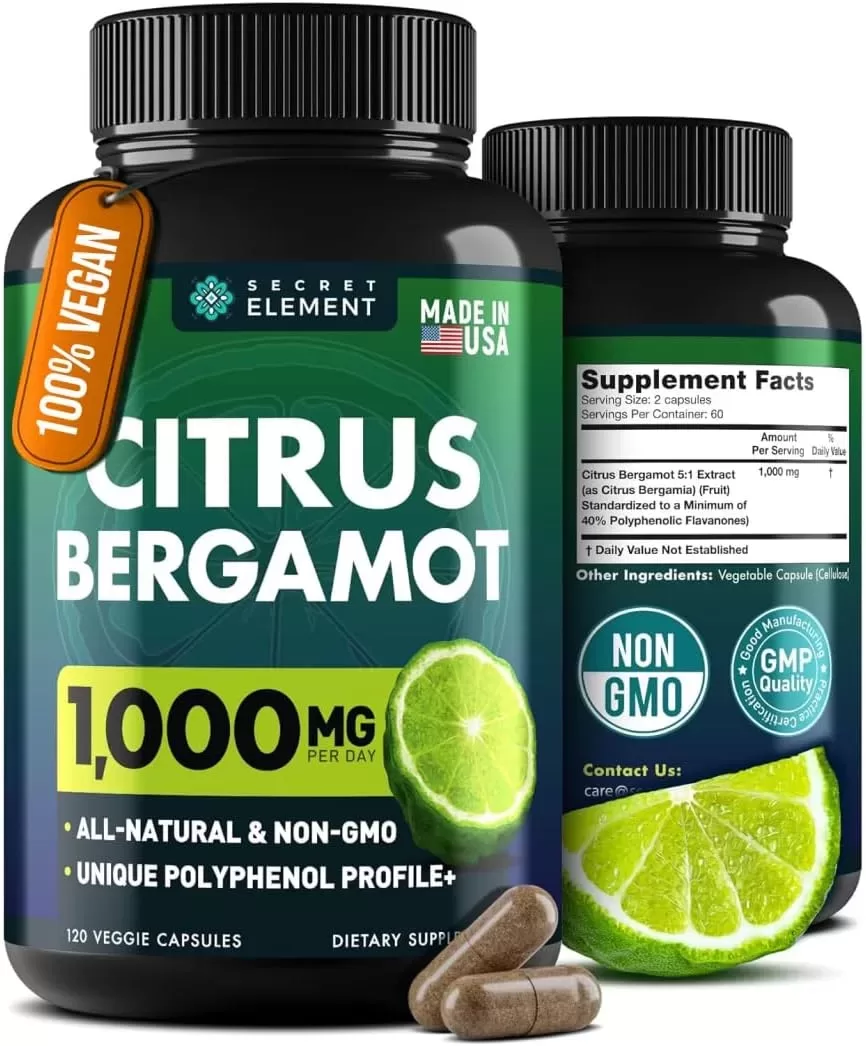
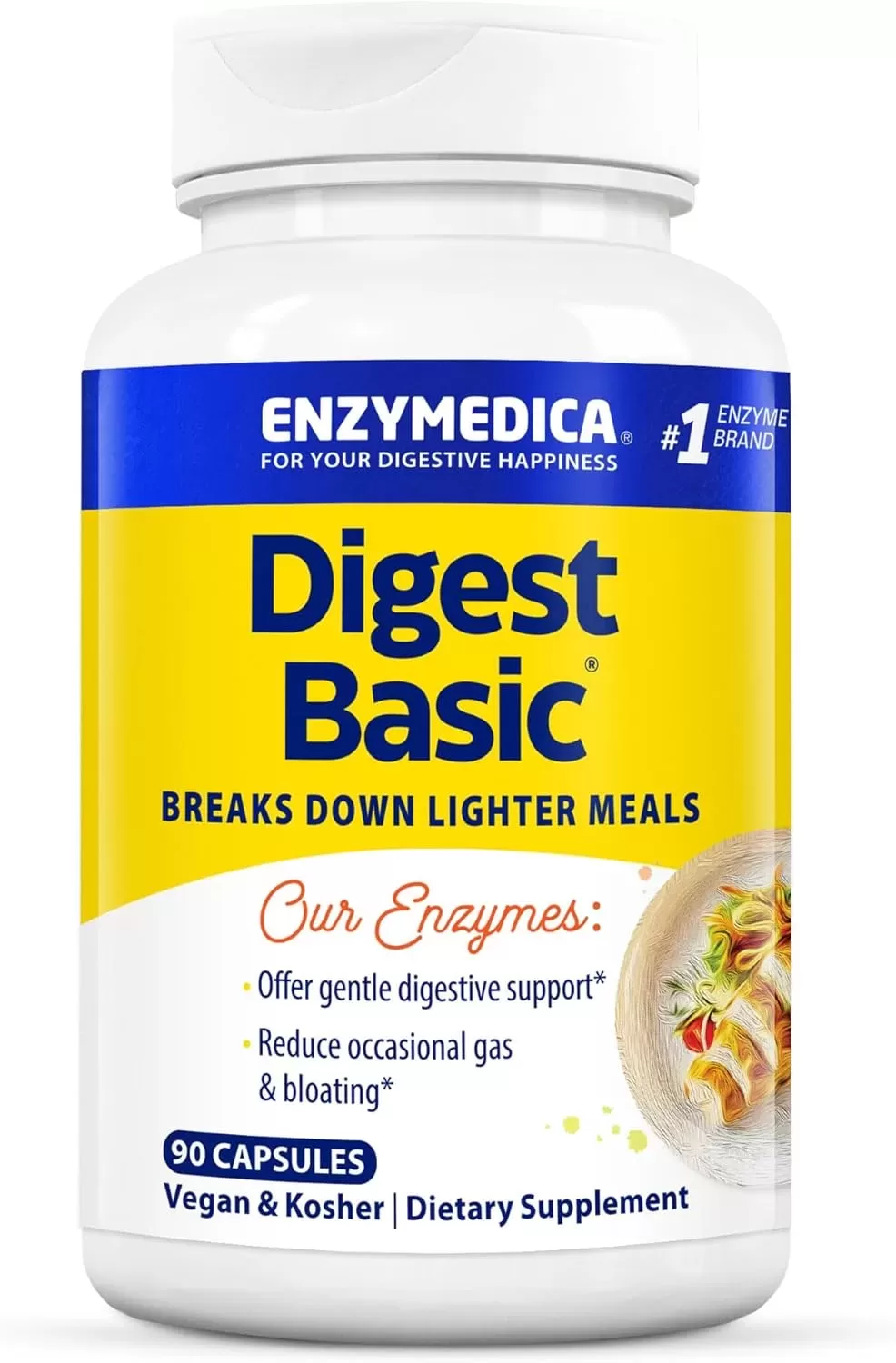
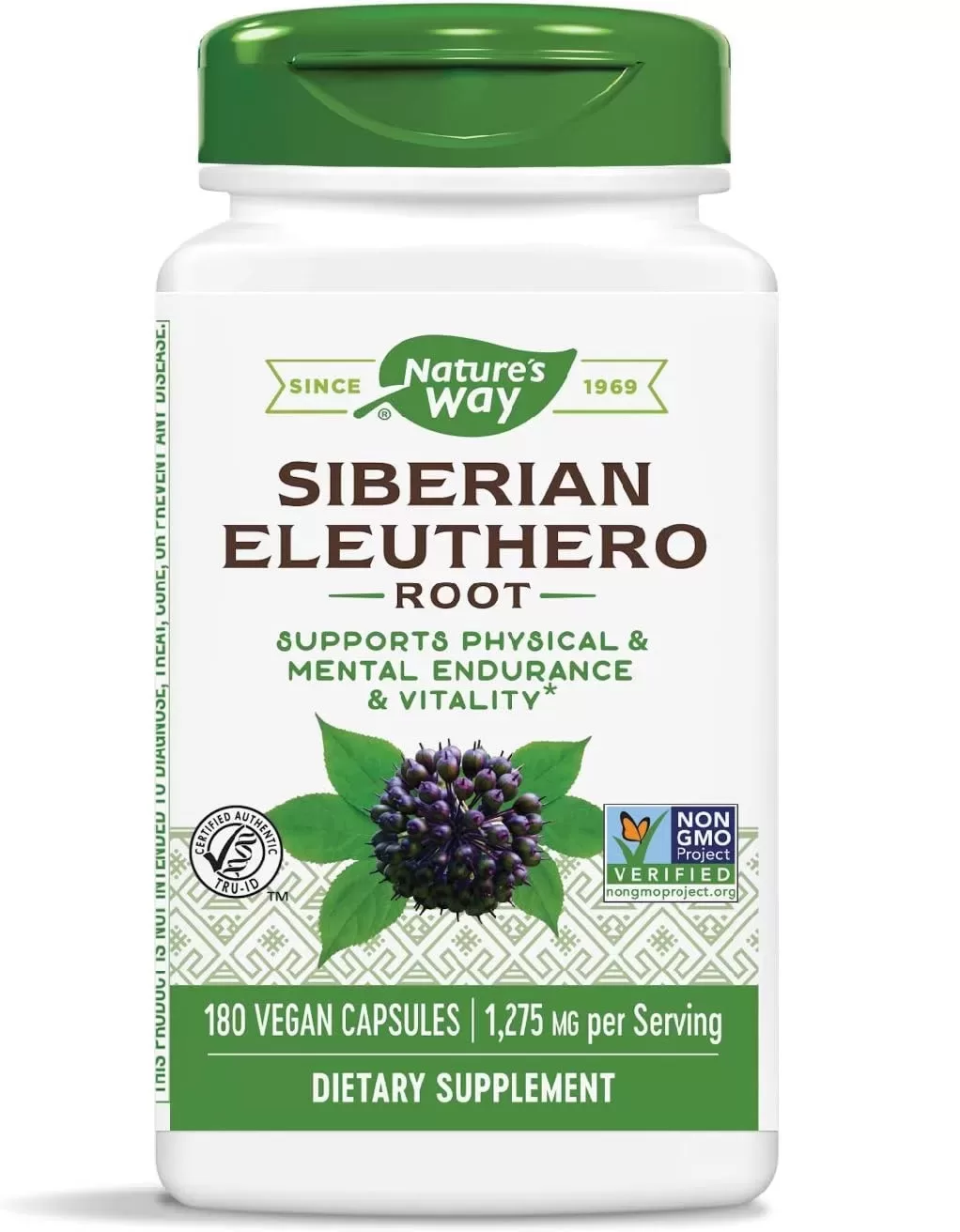


Comments are closed.